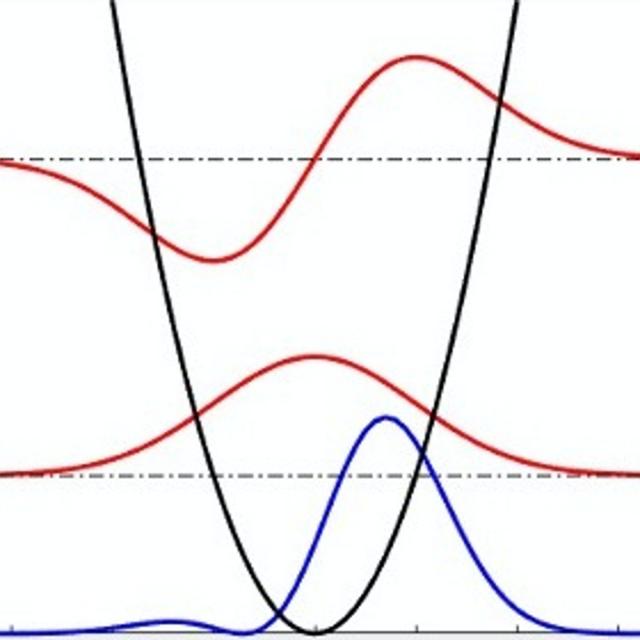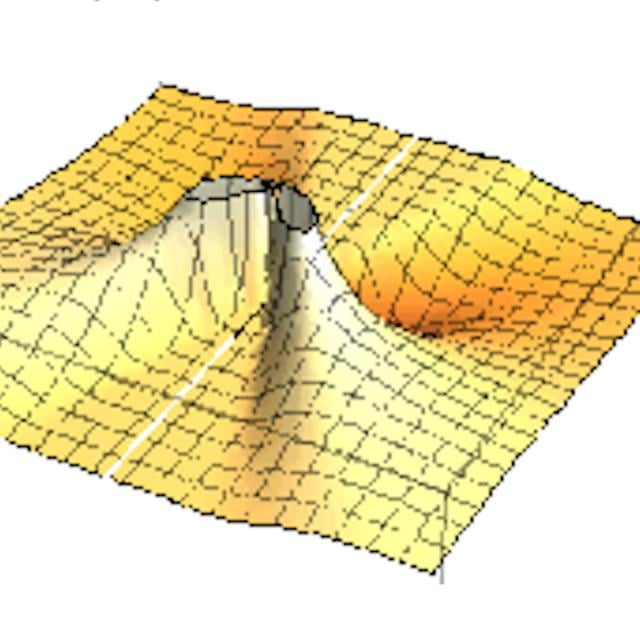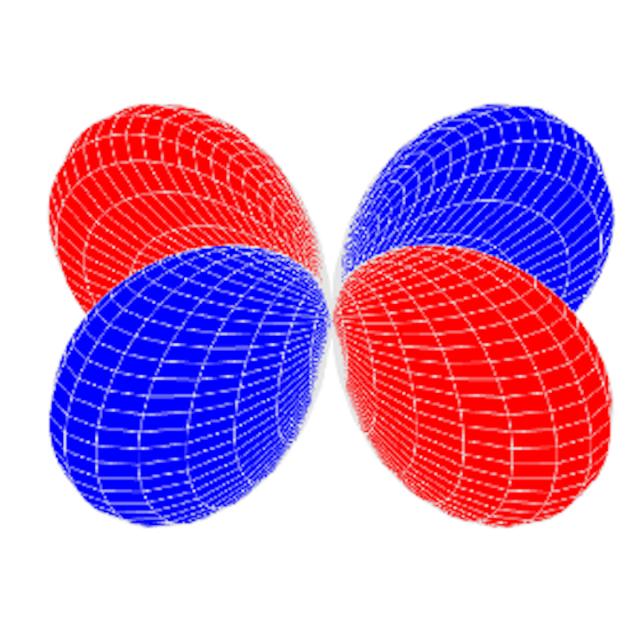Quantum Mechanics for Engineers Specialization
This Specialization is intended for engineers seeking to acquire fundamental understanding of quantum mechanics which are the basis of modern electrical, mechanical and quantum engineering. Through 3 courses, you will learn (1) basic concepts such as superposition and entanglement of quantum states, measurement in quantum mechanics and uncertainty principle, (2) mathematical
tools needed to describe and manipulate quantum states, (3) advanced theory of angular momentum and (4) approximation methods widely applicable in many fields.
WHAT YOU WILL LEARN
- Understand fundamental concepts of quantum mechanics; Achieve mastery of required mathematical apparatus ; Describe behaviors of quantum systems
- Understand the quantum mechanical meaning of wave-particle duality
- Calculate probabilities and expectation values for physical observables
- Use both Schrödinger and Heisenberg picture to solve for time evolution of quantum states



